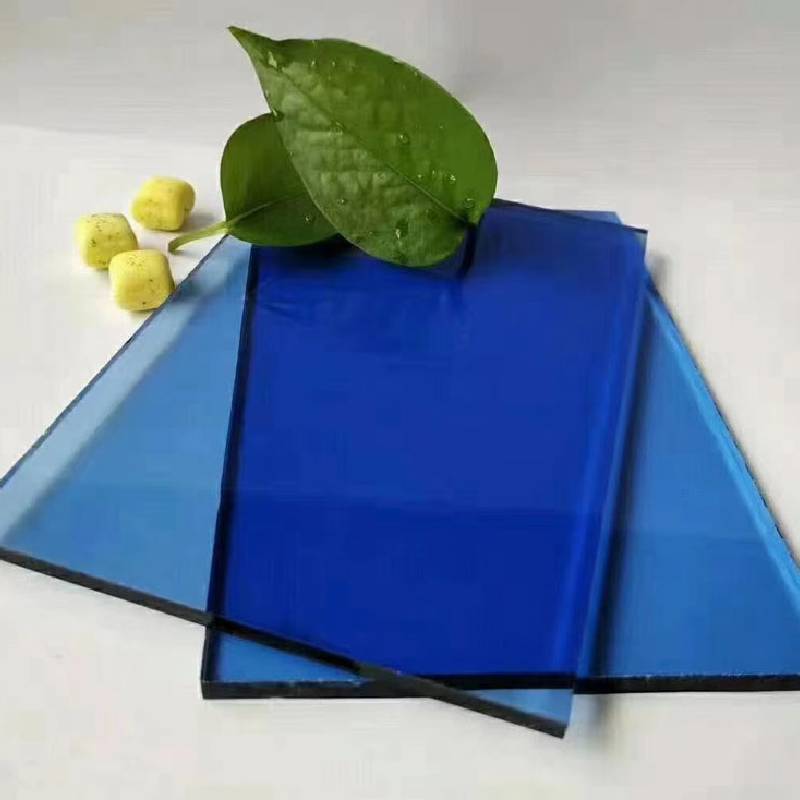Septemba . 01, 2024 01:06
The Manufacturing Process of Tempered Glass
Tempered glass, also known as toughened glass, is a type of safety glass that has been treated to withstand high levels of stress. It is widely used in various applications, from residential windows to automotive windshields. The manufacturing process of tempered glass involves several critical steps that ensure its strength and durability.
1. Selection of Raw Materials
The process begins with the selection of high-quality raw materials. The primary component of tempered glass is silica sand, which is mixed with other ingredients such as sodium carbonate, calcium oxide, and various additives. This mixture is carefully controlled to achieve the desired properties of the finished product. The quality of these raw materials is crucial, as impurities can lead to weaknesses in the glass.
2. Melting
Once the raw materials are prepared, they are fed into a furnace where they are melted at temperatures around 1,700 degrees Fahrenheit (925 degrees Celsius). This melting process transforms the raw materials into molten glass. The furnace is usually made of refractory materials that can withstand high temperatures and is designed to provide an even heating environment to ensure uniform melting.
3. Forming
After the glass has melted, it is shaped into sheets using one of several methods. The most common technique is the float glass process, where molten glass is floated on a layer of molten tin. This method produces flat, even sheets of glass with a smooth surface. The thickness of the glass sheets can be adjusted by controlling the amount of molten glass that is poured onto the tin bath.
4. Annealing

Following the forming stage, the glass sheets undergo an annealing process. This step involves slowly cooling the glass to relieve internal stresses that may have developed during the forming. Typically, this is done in a controlled environment, allowing for a gradual reduction in temperature. Proper annealing is essential to prevent the glass from cracking or breaking during subsequent processing.
5. Tempering
The most critical phase of the manufacturing process is tempering. The annealed glass sheets are subjected to a heat treatment in a tempering furnace. The glass is heated to temperatures between 1,100 and 1,300 degrees Fahrenheit (590 to 700 degrees Celsius) and then rapidly cooled using jets of air. This process creates surface compressive stresses while maintaining tension in the interior, significantly increasing the glass's strength and making it much more resistant to impact, thermal stress, and breaking.
6. Cutting and Finishing
Once tempered, the glass sheets can be cut into their final sizes. However, it’s important to note that cutting is done before the tempering process, as cutting after tempering can lead to spontaneous breakage due to the introduced stresses. After cutting, the edges may be polished to remove sharp points, ensuring safety during handling and installation.
7. Quality Control
Throughout the manufacturing process, rigorous quality control measures are implemented. This includes checking for defects such as bubbles, distortions, and any signs of weakening. The final product undergoes a series of tests to ensure compliance with safety standards before it is shipped for installation.
Conclusion
The manufacturing of tempered glass is a complex process that combines science, engineering, and art. Its strength and safety features make it a preferred choice in many applications, significantly enhancing safety in both residential and commercial environments. With ongoing advancements in technology, the future of tempered glass manufacturing looks promising, with continual improvements in quality and efficiency.
The Role of Mirror Glass in Luxury Interior Design
NewsJun.23,2025
The Best Textured Glass for Bathroom Windows
NewsJun.23,2025
Residential Glazing Energy Efficiency Requirements
NewsJun.23,2025
Float Glass Uses
NewsJun.23,2025
Clear Float Glass For Solar Panel Covers
NewsJun.23,2025
Benefits Of Using A Glass Mouse Pad Over Traditional Ones
NewsJun.23,2025